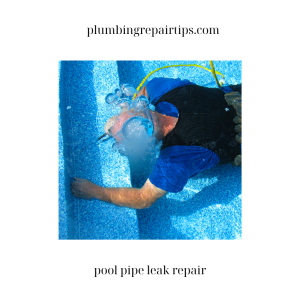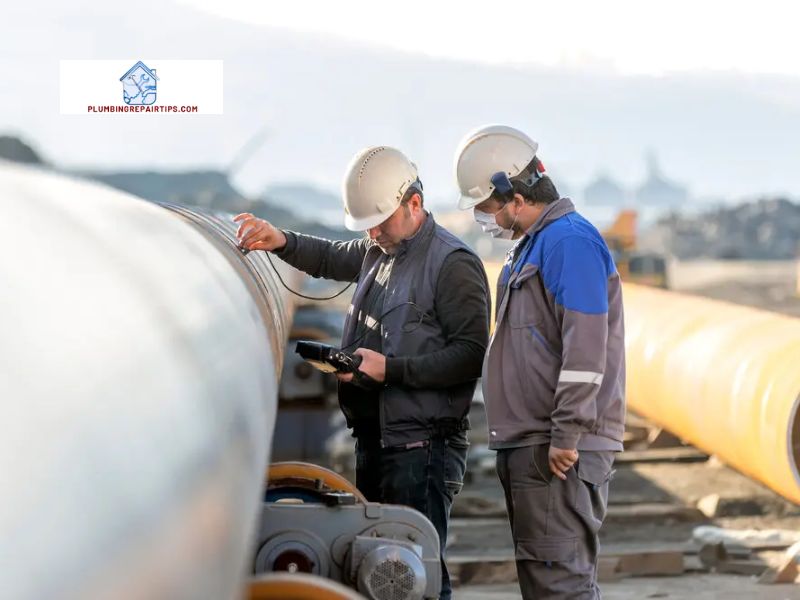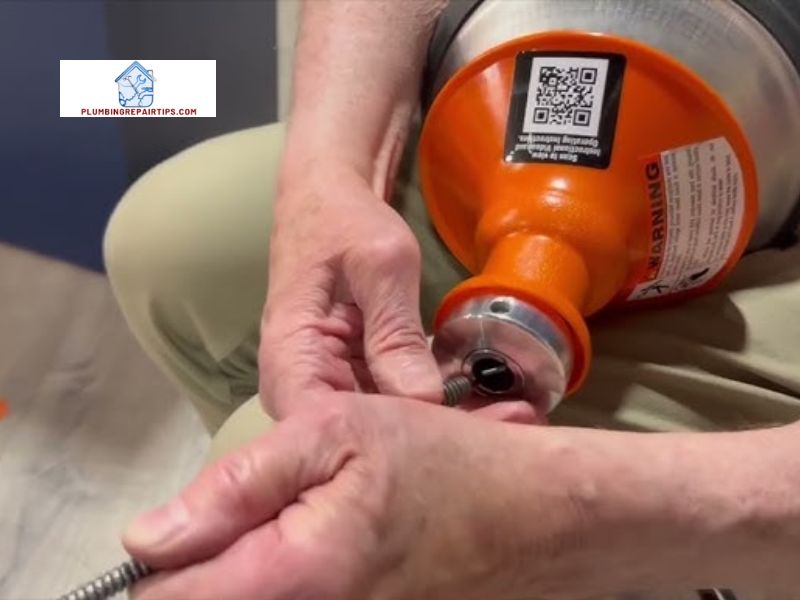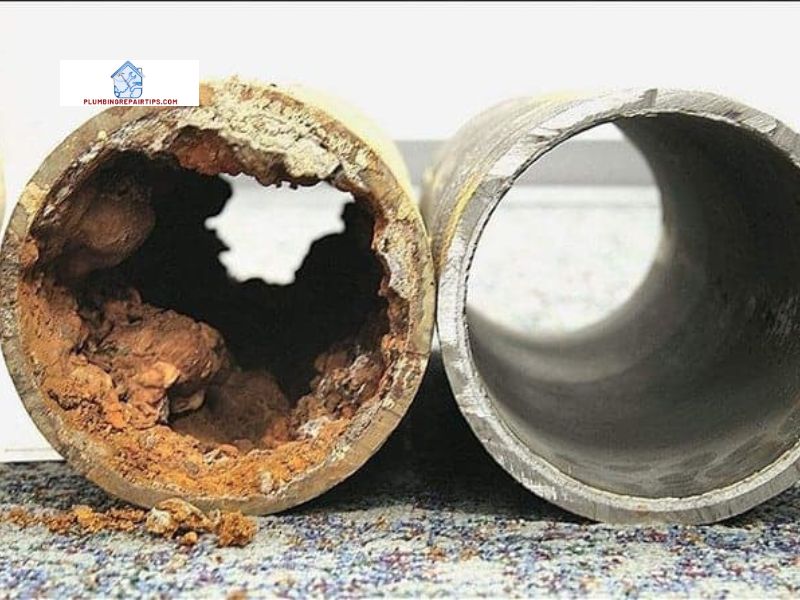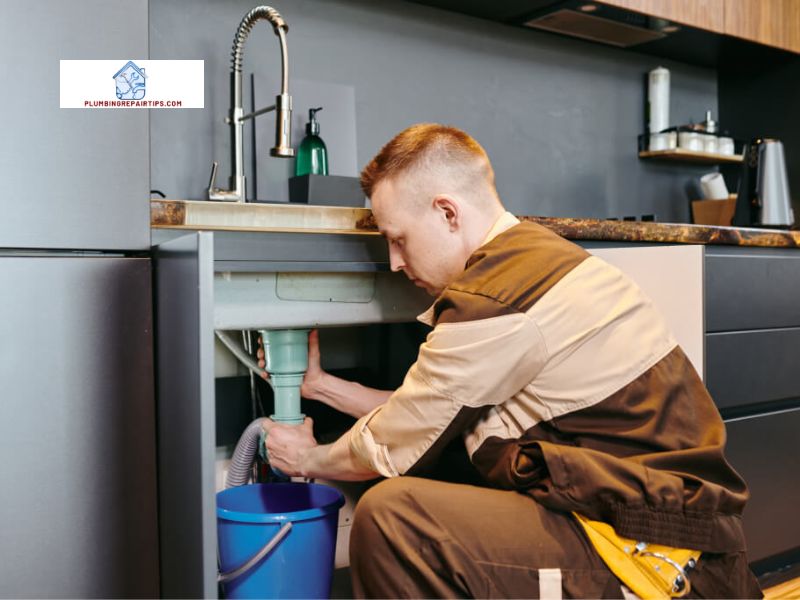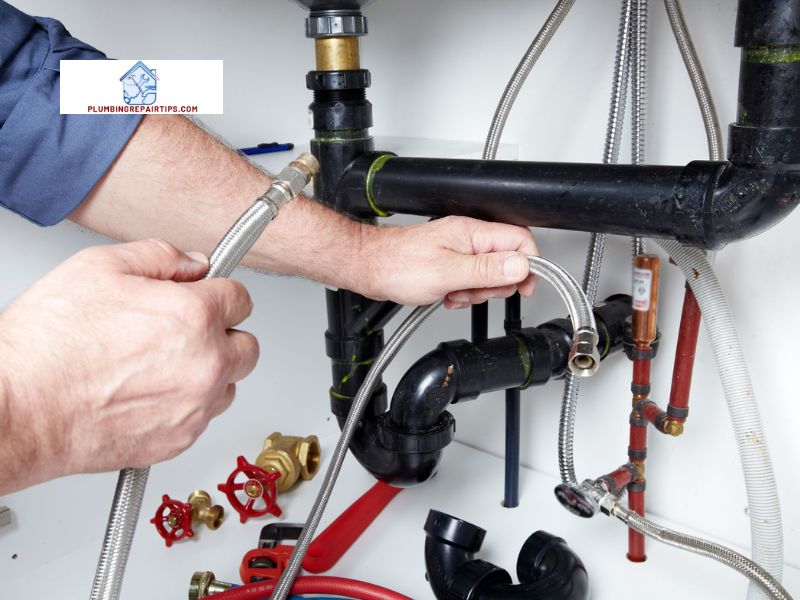Introduction

Have you ever wondered what happens when water flows backward in your plumbing system? It’s a scenario that can lead to serious health risks and contamination. That’s where back flow testing comes into play. In this article, plumbingrepairtips.com will delve into the world of back flow testing and explore its significance in maintaining the safety of your plumbing system.
What is Back Flow Testing?
Back flow testing is the process of evaluating and assessing the functionality of back flow prevention devices installed in plumbing systems. These devices are designed to prevent the reverse flow of water, ensuring that contaminated water does not mix with the clean water supply.
Importance of Back Flow Testing for Plumbing Systems
Imagine a situation where contaminated water from your garden hose infiltrates your drinking water supply. The implications can be dire, with potential health hazards and the spread of harmful bacteria. Back flow testing is vital for identifying any faults or malfunctions in the back flow prevention devices, guaranteeing the integrity of your plumbing system.
Stay tuned for Section 2, where we’ll dive deeper into understanding back flow prevention and the various types of back flow prevention devices.
Understanding Back Flow Prevention
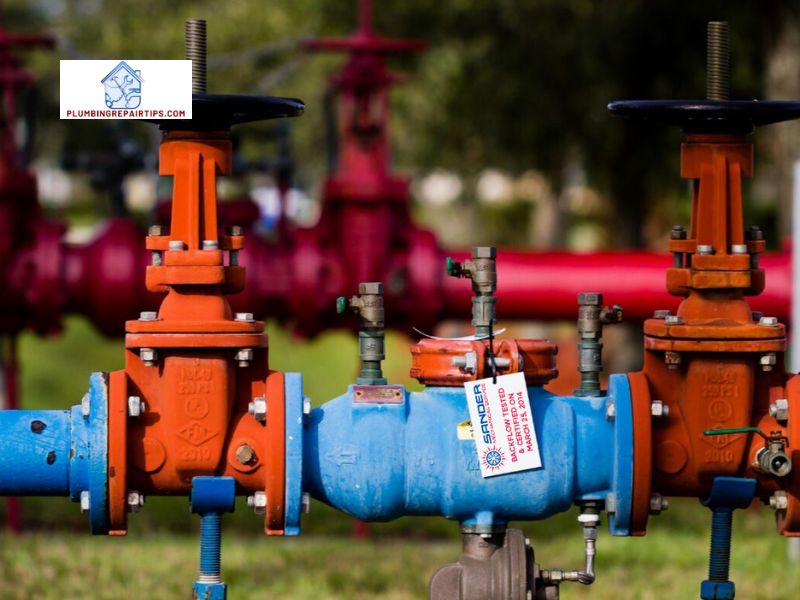
Definition and Purpose of Back Flow Prevention
Back flow prevention refers to the measures and devices put in place to prevent the unwanted reversal of water flow within a plumbing system. The primary purpose of back flow prevention is to safeguard the potable water supply from contamination. By ensuring that water flows in one direction only, back flow prevention devices play a crucial role in maintaining water safety.
Types of Back Flow Prevention Devices
When it comes to back flow prevention, different devices are utilized depending on the level of protection required. Here are three common types of back flow prevention devices:
1. Air Gap
An air gap is a physical separation between the water supply and a potential source of contamination. It creates a visible break in the plumbing system, preventing water from flowing back into the supply. Air gaps are highly effective and commonly used in situations where the risk of contamination is significant.
2. Double Check Valve Assembly (DCVA)
A double check valve assembly consists of two check valves that work in tandem to prevent back flow. These valves allow water to flow in one direction while blocking any reverse flow. DCVAs are commonly used in commercial and industrial settings where a higher level of protection is required.
3. Reduced Pressure Zone Device (RPZD)
A reduced pressure zone device provides the highest level of protection against back flow. It incorporates two check valves and a relief valve, creating a zone of reduced pressure between them. This setup ensures that even if a drop in pressure occurs, contaminated water cannot flow back into the supply.
How Back Flow Prevention Works
Back flow prevention devices operate based on the principle of creating a barrier that prevents water from flowing in the reverse direction. These devices utilize check valves, air gaps, or a combination of both to maintain the integrity of the water supply. When properly installed and maintained, back flow prevention devices ensure that clean, potable water remains separate from any potential sources of contamination.
Stay tuned for Section 3, where we’ll explore the significance of regular back flow testing and the potential risks of neglecting this essential maintenance procedure.
The Significance of Back Flow Testing
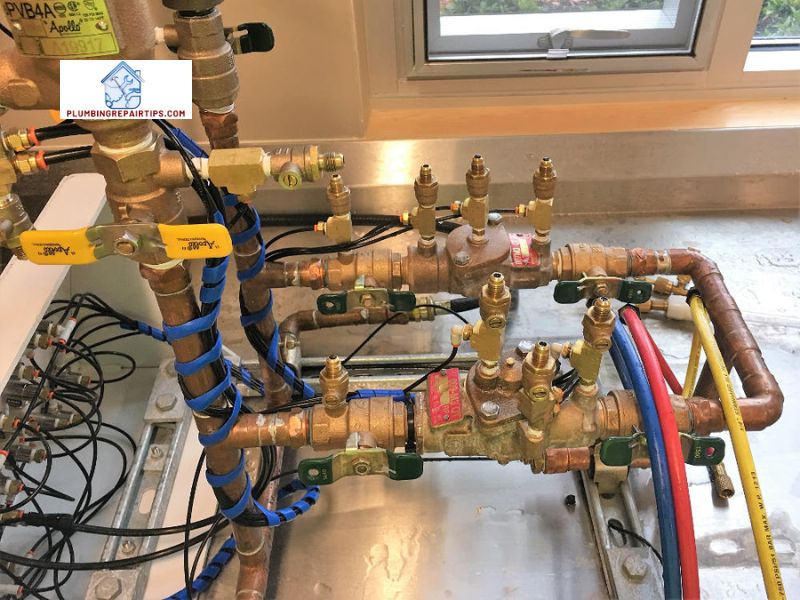
When it comes to the safety and integrity of your plumbing system, regular back flow testing is an essential step. Let’s explore why it holds such significance and the potential risks of neglecting this crucial maintenance task.
Why Regular Back Flow Testing is Essential
Regular back flow testing ensures that the back flow prevention devices in your plumbing system are functioning effectively. Over time, these devices can deteriorate or become faulty, compromising their ability to prevent the reverse flow of water. By conducting regular tests, you can identify any issues early on and take corrective measures to maintain the safety of your water supply.
Legal Requirements and Codes for Back Flow Testing
In many jurisdictions, back flow testing is not just a recommended practice, but a legal requirement. Local plumbing codes and regulations often mandate periodic testing to ensure compliance with safety standards. Failure to adhere to these requirements can result in penalties and even the suspension of water services. Therefore, it is crucial to be aware of the specific legal obligations concerning back flow testing in your area.
Risks and Consequences of Neglecting Back Flow Testing
Neglecting back flow testing can have severe consequences for both your health and your plumbing system. Without regular testing, back flow prevention devices can go unnoticed if they fail or malfunction. This opens the door to potential contamination of your water supply, leading to the spread of harmful bacteria and other contaminants. Additionally, neglecting back flow testing can result in costly repairs and damage to your plumbing infrastructure.
Stay tuned for Section 4, where we’ll guide you through the steps involved in back flow testing to help you understand the process better.
Hiring a Professional Back Flow Tester
When it comes to back flow testing, it’s crucial to rely on the expertise of a professional. Hiring a qualified back flow tester ensures that the testing process is conducted accurately and efficiently, giving you peace of mind. In this section, we’ll explore the key factors to consider when hiring a professional back flow tester.
A. Qualifications and Certifications to Look for in a Back Flow Tester
Not all plumbers are qualified to conduct back flow testing. Look for a back flow tester who possesses the necessary qualifications and certifications. These may include certifications from accredited organizations such as the American Backflow Prevention Association (ABPA) or the National Inspection Testing Certification (NITC). By choosing a certified professional, you can be confident in their knowledge and expertise in conducting back flow testing.
B. Choosing a Reliable and Experienced Back Flow Testing Company
It’s essential to select a reliable and experienced back flow testing company for your testing needs. Research and consider companies with a proven track record in the industry. Look for testimonials or reviews from previous clients to gauge their reputation and reliability. An experienced company will have the necessary tools and equipment to carry out the testing accurately and efficiently, ensuring that your plumbing system remains safe and compliant.
C. Cost Considerations for Back Flow Testing Services
While cost should not be the sole determining factor, it’s important to consider the pricing structure of back flow testing services. Request quotes from multiple companies and compare their offerings. Keep in mind that cheaper may not always be better when it comes to ensuring the safety of your plumbing system. Look for a balance between affordability and the quality of service provided.
Stay tuned for Section 6, where we’ll conclude our discussion on the importance of back flow testing and summarize the key takeaways from this article.
Conclusion
In conclusion, back flow testing is an essential aspect of maintaining the safety and integrity of your plumbing system. By understanding what back flow testing is and its importance, you can take proactive measures to ensure the quality of your water supply.
Regular back flow testing not only helps to comply with legal requirements and codes but also minimizes the risks associated with contaminated water. Neglecting this crucial maintenance procedure can have severe consequences, compromising the health and well-being of you and your family.
To properly conduct back flow testing, it is important to follow the necessary steps involved. These include thorough preparation, carrying out the testing procedure, and accurately recording and documenting the test results. By adhering to these steps, you can ensure a comprehensive evaluation of your back flow prevention devices and address any potential issues promptly.
When it comes to hiring a professional back flow tester, it is crucial to look for qualifications, certifications, and experience. Choosing a reliable and experienced back flow testing company can provide you with peace of mind knowing that your plumbing system is in capable hands.
At plumbingrepairtips.com, we prioritize the safety and well-being of our readers. By recognizing the significance of back flow testing and taking the necessary steps to maintain your plumbing system, you can ensure the continued supply of clean and safe water for your home.
Remember, your plumbing system is the lifeline of your home, and back flow testing is the key to preserving its integrity. Safeguard your water supply and protect your loved ones by prioritizing back flow testing as an essential maintenance practice.
Stay informed, stay safe, and ensure your plumbing system is always flowing in the right direction.
Thank you for reading! Check out our other articles on plumbing maintenance and repair tips at plumbingrepairtips.com.
